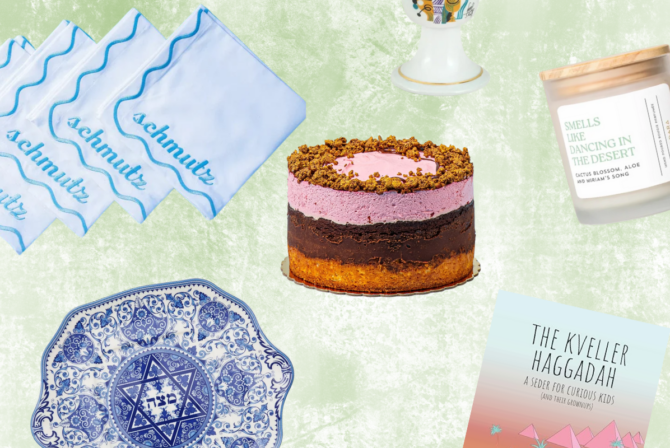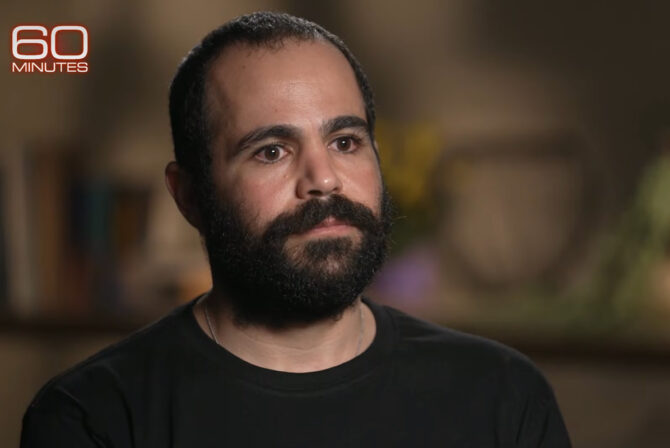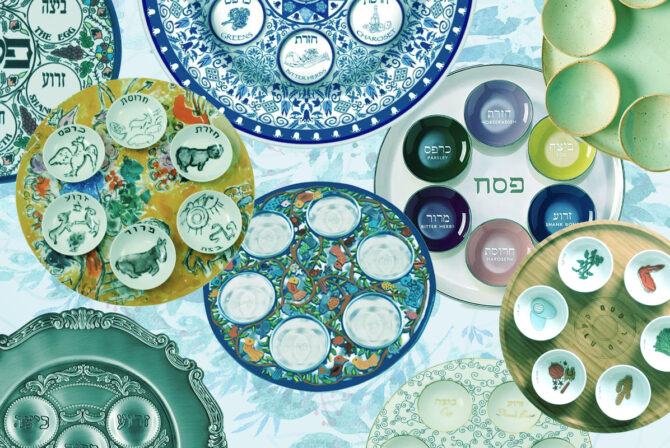My third grade daughter is finally getting excited about the idea of me leading a mini-seder for the 3rd and 4th graders at my kids’ Episcopalian school next week. As my daughter has struggled with whether she will agree to “assist” me, I have wrestled with determining the best way to significantly portray the powerful story of Passover to a group of 9 and 10-year-olds of various religious backgrounds in 30 minutes.
When I discussed this with the school chaplain, I was pleasantly reminded that all the children actually already know the Passover story as they recently finished learning the story of Exodus.
Music to my ears. Now I could focus on the excitement of this action-filled story, in which God shows his glory through the burning bush (wow!), the 10 plagues (gross!), the splitting of the sea (awesome!) and against all odds, the liberation of Jewish people (yay!). We will look at the amazing symbolism found on the seder plate (oh, how kids love symbols!), taste some Passover foods (matzah, haroset (nut-free of course) and bitter herbs), hear the four questions and some great musical numbers like “Let My People Go.” In addition to instilling the kids with the “flavor” of Passover, I would like to impress upon them that there are important lessons to be learned from the Passover story that apply to their lives today.
I have always appreciated that my kids’ school incorporates the exploration of various religions and their practices in the school curriculum. This is one of the reasons my husband and I chose this school initially (the full discussion on this decision to be covered in a subsequent article). My husband and I are both Jewish and are raising our four kids (19, 17, 12 and 9) in our Jewish home, which includes Shabbat dinners, a modified version of keeping kosher and observance of Jewish holidays. I certainly prefer when I am in my kids’ classrooms teaching the students how to light a Hanukhah menorah or leading a Passover seder to the times when my kids learn about the significance of Advent or Ash Wednesday. However, I do appreciate that all the students (10% of whom are Jewish) graduate from the school (one of mine graduated last year and is embracing her Judaism in college) with a wealth of knowledge about many religions. And most importantly, I appreciate that the emphasis is not on the differences between religions but the common links that tie us all together.
So, as I search for the Passover “take-away” message to share with these eager, open-minded 3rd and 4th graders, I settle upon the universal idea of “gratitude for freedom.” Telling and re-telling the story of Passover each year, which reminds us of how the Jews were enslaved in Egypt and how G-d (through Moses) miraculously set them free helps us remember how truly lucky we are to be free today. It also serves as an impetus to talk about how there are people in our world who are not free today.
I will suggest that the kids take 15 quiet seconds to send healing wishes (or prayers) to people in the world who are “enslaved” right now. I will also ask them to think of some symbols in their life that remind them of their freedoms. Is it their school bus that takes them to school every morning, which reminds them that freedom of education is true gift that many kids do not have? Is it a
computer
that can connect them to anyone in the world and reminds them that they can freely read, write and share their stories and ideas? Is it the American flag? What would their “freedom seder plate” look like?
As my daughter’s peers walk away from the mini-seder, I hope that they will not only have gained an appreciation for this amazing story of the resilience and power of the Jewish people, but will also find gratitude for their own freedoms that they enjoy every day. This message is one that, like the Passover story, can be reiterated over and over.
Like this post? Get the best of Kveller delivered straight to your inbox.







